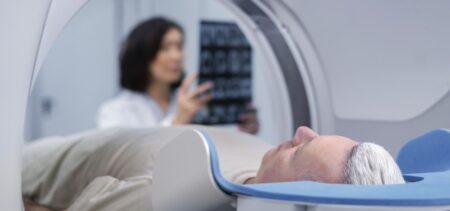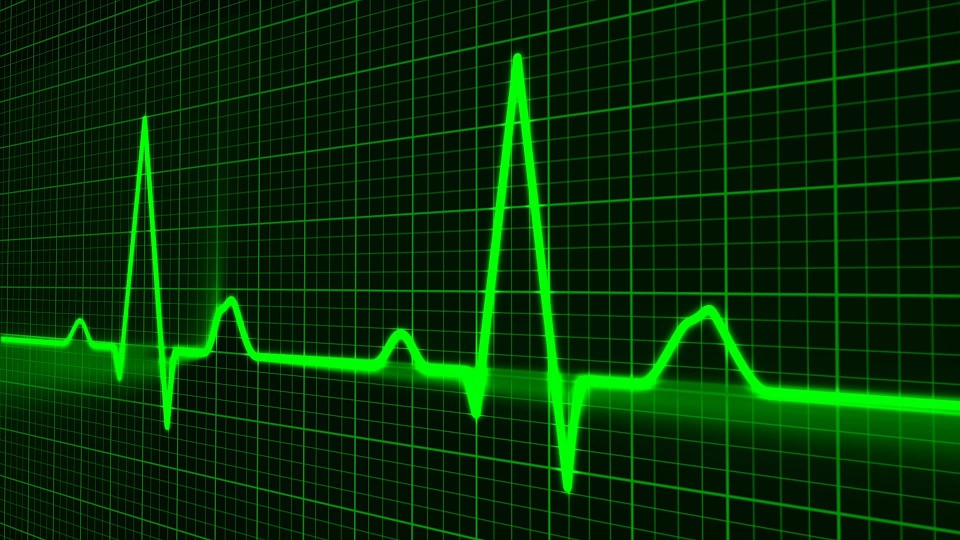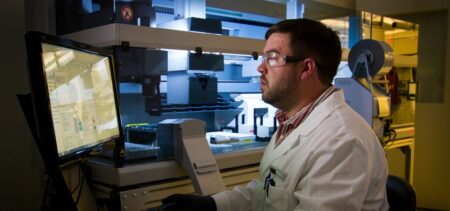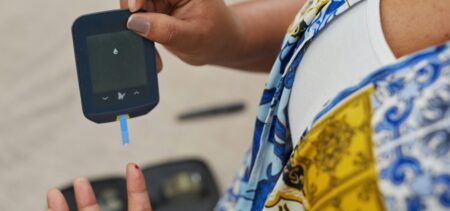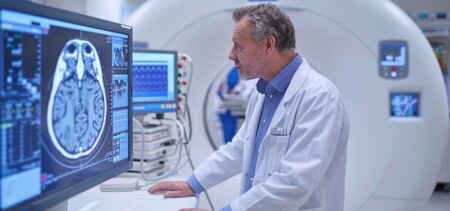Although healthcare IT seems to hardly catch its breath between one data breach and the other, with ransomware lurking at the horizon, the professionals need to prepare for the emerging healthcare trends that will soon shake the medical system – at least for the estimated changes, since there may well be other less predictable movements that will take patients, doctors and administrative personnel by surprise.
-
The drug-pricing issue
Although perennial (or at least common since the phenomenon of prices outpacing inflation in this field became usual), the drug-pricing issue is bringing on alternative financing models (spreading out the payment for expensive medication aims at making the costs easier to handle, outcomes-based reimbursement agreements aim at linking payments to the health outcome and not focus solely on the employed product’s volume).
This year also marked the market release of the first 3D printed drugs. This could mean cheaper medication research, development and production – but the industry is not there yet, therefore we are just contemplating forecasts and estimates.
-
Innovative medicine reinforcing its presence among healthcare trends
Personalized medicine finds its much needed technical answer in 3D drug printing. Once individualized prescription will materialize into personalized pills, the ability of printing the patient-tailored pills (FDA approval and tech challenges aside), would be critical in lowering the expenses and making the entire concept real.
Telehealth also lags, although it has been around for a while. The medical sector’s segmentation is a leading issue when it comes to efficiently implementing telehealth and reaping all its benefits.
Health technology faces various challenges, one of them being the dreaded cyber-security vulnerability embedded in all IT devices, from medical pumps and healthcare wearables to hospital computer systems. Nevertheless, each challenge overcame represents an improvement and technology is in the medical system to stay – perfecting its presence and fixing its vulnerabilities gradually.
-
Whenever, wherever availability
Once healthcare will no longer be tied to a certain place or schedule, its new type of flexible, always-on services could change the face of medical profession, as we know it (for the check-ups, diagnosing and less complicated patient-doctor interactions). Sophisticated, high-precision tech is required in order to materialize this image of a “whenever, wherever” healthcare, as the above-quoted Fortune article mentions, but devices are but a few steps away from seamless patient monitoring and reporting. With many patients still willing to go the distance for the best healthcare services, changing the healthcare services delivery methods would clearly shift the patient numbers and better distribute the numbers in the system.
-
HIPAA compliance
Fox News underlines HIPAA compliance’s importance on the background of data leaks. Once medical research advances, even more crucial patient data will enter the digital realm, luring hackers even exponentially.
Healthcare organizations should make sure they fulfill all the necessary elements and continuously work towards compliance. Encryption is a hot issue and also one of the foremost cyber-attacks deterrents – therefore hiring the best cyber-security specialists or entering partnerships that would provide the necessary degree of protection is one of the best moves for concerned organizations.
-
Merger mania
The year 2016 is considered the year of continued merger mania, following the 2015’s offensive take-overs and acquisitions, such as Anthem’s and Cigna, or Pfizer’s and Allergan.
This type of competitive moves at their best should enthrall better products, services and data analytics, with bigger competitors trying to make sure they have all the necessary means to aim at the top spots on the future healthcare game, IT devices and systems included.
-
Social media presence for the medical industry
As any other business, a healthcare organization needs to address its customers via social media, interacting with the digitally proficient age groups via the social networks’ tools.
Although some may perceive this kind of interaction as somehow trivial, social media is extremely efficient at connecting, as well as in sharing information. The concerned parties may follow someone’s healthcare via social media, getting reports, updates or alerts. Of course sensible data need not be public, but there are tools and ways of using social media for notifications, alerts and/or semi-private communications.
-
The utmost need for efficient cyber-security
While healthcare technology empowers users and increases their health awareness levels, protecting their data privacy and the doctor-patient relationship confidential status is extremely important.
The U.S. healthcare system loses $6 billion per year due to cyber-crime, according to Bloomberg. Besides the financial costs, the reputation damage triggers a supplementary set of effects. The general effect of reticence when it comes to adopting new technologies or storing healthcare data in the cloud completes this picture – and gives a gloomy shade to the entire process of adopting innovating tech into medical operations.
Device manufacturers need to take a proactive stance, IT management forces need to keep the software updated and be vigilant when it comes to ongoing threats, while strong security protocols make all the difference and are considered market differentiators when it comes to product or services providers.
In conclusion,
although at the beginning, innovative healthcare technology should take the 2016 system into a future better state, where more agile and flexible procedures are supported by the available hardware and software.
Once the cyber-security stronghold is able to inspire more confidence and protect the medical data from malicious attacks, this leap is only a matter of time. For the moment, the emerging healthcare trends are indicators that the momentum is here, waiting for the go-ahead signal.
And yes, the yet unresolved cyber-security issue in healthcare IT is still the leading trend in the field, since the concerns, the efforts to solve it and the buzz created by recent hospital system ransomware cases (see the Hollywood Presbyterian Medical Center in Los Angeles or the Kansas Heart Hospital incidents) put all the other tendencies into shadow.










